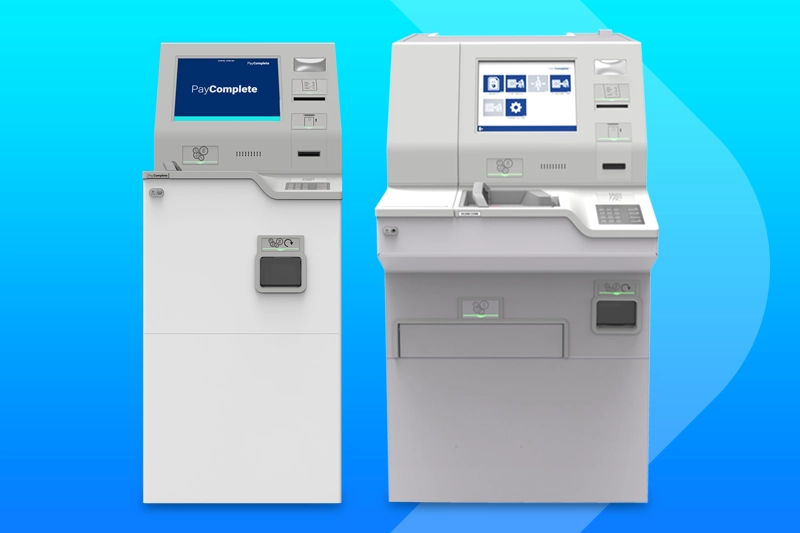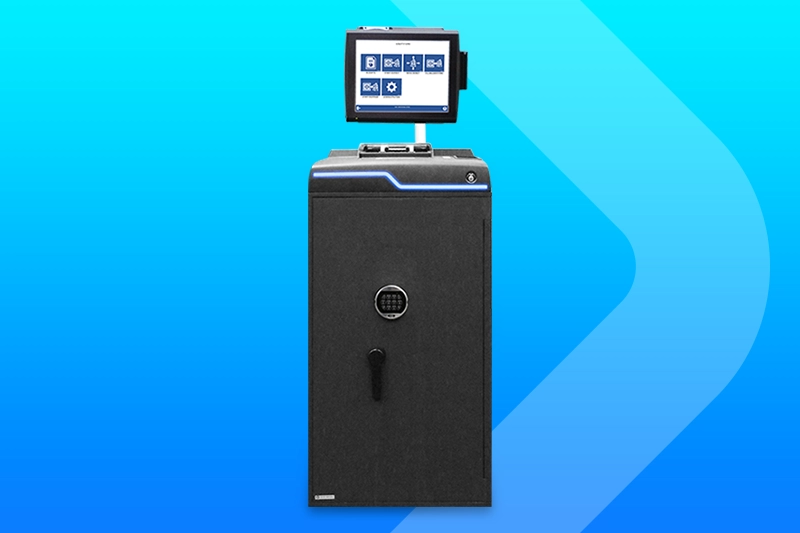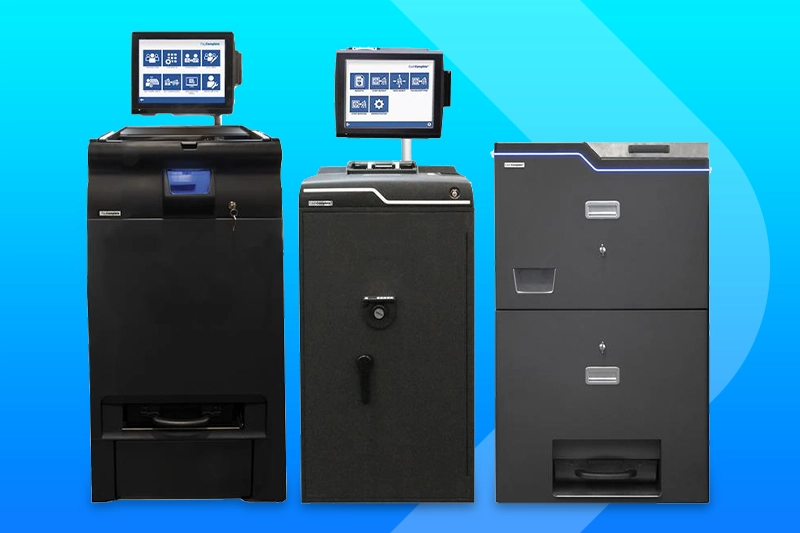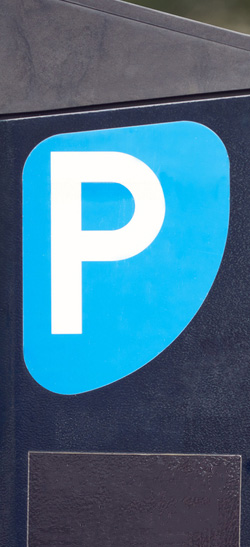Cash has been around for over 5,000 years, with the first coins being used in China around 770 BC. Today, cash remains a fundamental aspect of daily life for many consumers, offering a tangible and universally accepted form of payment.
In Spain, as in many other European countries, the role of cash for retail payments has evolved in response to new technology and changing consumer preferences, but cash use remains strong. In 2023, 65% of Spaniards said they used cash daily, and 60% said it was their primary means of payment.
This article examines the trends and statistics relating to cash usage in Spanish retail, drawing insights from the European Central Bank (ECB) data and Banco de España.
Cash Usage Trends
Although the digital payments market in Spain is expected to increase by 11.16% between 2024 and 2027, the value of banknotes in circulation there has remained stable. This underscores an ongoing demand for cash, particularly for small-value transactions and among specific demographics.
Consumer Preferences and Demographics
While digital payment methods may be more convenient, some elements of the population, such as the elderly and those with restricted access to technology, continue to use cash for their transactions.
According to the Banco de España, cash was the preferred payment option for 76% of those aged 65+, compared with just 36% for young people in the 25-34 age group.
Education level is another influential factor. Data reveals the use of cash declines as educational attainment increases: 74% of those with primary education predominantly used cash, compared with 44% for those with a university education.
Financial Inclusion
Cash not only remains an integral part of the retail environment in Spain, it is also vital to financial inclusion. It enables people to participate in economic activity and helps ensure no one falls behind because they are unfamiliar with modern digital payment tools.
According to ECB data, there are 1,000 ATMs per 1 million people in Spain, and only 52% of respondents are satisfied with current access to cash. Such a low level of satisfaction is yet another indicator of the ongoing demand for cash.
Small Transactions
According to ECB data, cash is commonly used for small transactions in Spain. This is reflected in the large amount of low-denomination banknotes in circulation, such as €5 and €10 notes, demonstrating the convenience of cash for minor purchases and average withdrawal amounts were comparatively low at €44.
Conclusion
Despite the availability of electronic forms of payment, cash is the first preference of the majority of Spanish consumers. The reasons for this can be related to age and educational level. While this will of course change over time, electronic payments will take time approach the same level of trust and adoption.
With the use of cash also increasing in other countries, it is abundantly clear that cash is far from dead globally. While consumers like the physical nature of cash, this makes it more expensive for businesses to accept compared to electronic payments. The key to ensuring that cash remains viable will be to use technology to make cash acceptance as efficient as electronic payments.
The coexistence of cash and digital methods, including the possibility of a digital euro, will be crucial to cater to consumers’ diverse needs and payment preferences in Spain.

Related Posts










